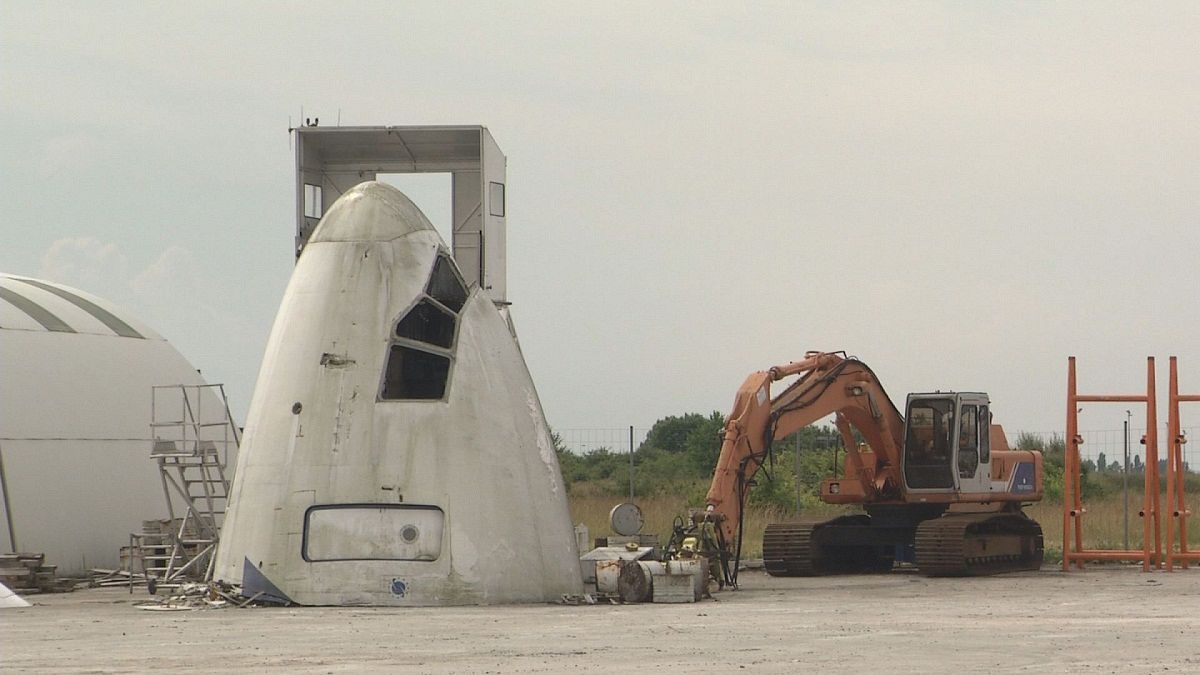What happens to a plane after it touches down for the very last time? After millions of air miles, the workhorses of the sky become simply a mass of junk material that needs to be disposed of.
The challenges are many and varied. Recyclable materials must first be identified and then incorporated into the greener aircraft design of the future.
A European research initiative is looking at ways to make the process economically viable.
Ayçe Çelikel, from the AIMERE Project and president of Environmental and Economic Research for Transportation, said: “With regards to the alloys and metals recovered,we have to localise the titanium, which is more valuable than aluminum. It concerns the whole life cycle of the plane and the aim is to design aircraft without these problems. The approach to recycling will influence future aircraft design.”
The number of aircraft in use globally is continuing to grow. In Europe some 6,000 planes will reach the end of their flying days over the next 20 years. Therefore the necessity to develop profitable disposal techniques is essential and the impact on the environment is of major concern.
Martin Fraissignes, Executive Director of Chateauroux airport in France, believes the industry is now on track to develop a systematic dismantling process: “The end of life management for aircraft has only recently become a concern for the industry. So we have to define a code of conduct and best practices, to dismantle and recycle the materials, under strict environmental guidelines.”
Having been cleansed of hazardous liquids and radioactive components the dismantling process can begin.
At this stage the identification of recyclable materials is important. So a systematic search for re-usable components gets underway.
Olivier Dieu from Valliere Aviation, explained the process:“We recover all valuable parts, landing gear, engines and avionics, air conditioning etc. that can be sold on to a second market.”
A plane is made up of 60 percent aluminum, 15 percent steel and 10 percent precious metals such as titanium.
Discussions about the profitability of some aspects of the process are ongoing and solutions will be found, according to Torsten Müller from the Fraunhofer Institute for Chemical Technologies: “The biggest problem is the recycling procedure, because the profit margins are too small to make the process profitable, especially for plastic material. A legal framework and a precisely mapped dismantling procedure is the best solution.”
Finding a second wind for these aging birds is crucial to a greener flying future.




